When it comes to making chicken soup, one of the most common questions home cooks ask is, Do you cook the chicken before putting it in soup? The answer isn’t straightforward, as it depends on the recipe, preparation method, and desired flavor. Whether you’re making a classic Chicken Noodle Soup, a creamy variation, or experimenting with recipes like a Slow Cooker Taco Soup, the choice between using raw or precooked chicken can significantly impact the taste and texture of your dish.
This decision also hinges on food safety, cooking times, and the type of chicken you’re using—be it fresh, frozen, or rotisserie. For instance, using Leftover Rotisserie Chicken can save time while still delivering a rich flavor. Understanding these nuances will help you make the best choice for your needs and ensure a satisfying outcome. This guide covers the pros and cons of each method, detailed cooking tips, and common mistakes to avoid. Additionally, you’ll find valuable links to related recipes, such as Alice Springs Chicken Recipe, that show how versatile chicken can be.
Chicken soup isn’t just comfort food—it’s a culinary staple in many households. By mastering the techniques outlined in this article, you’ll not only enhance your cooking skills but also create soups that are both flavorful and satisfying. Let’s dive into the world of chicken soup preparation and discover how to tailor your methods to fit any recipe.
The Basics Of Cooking Chicken For Soup
Chicken soup is a universal comfort food, loved for its warmth and versatility. Before deciding whether to cook the chicken first, it’s essential to understand how chicken contributes to the flavor and texture of the dish.
Popular Types Of Chicken Soup
- Chicken Noodle Soup: A classic broth-based soup that’s hearty and flavorful.
- Creamy Chicken Soup: A rich and indulgent variation with added dairy or cream.
- Vegetable Chicken Soup: A lighter option packed with nutrients and vibrant flavors.
Why Chicken Preparation Matters
- Using raw chicken allows the meat to release its juices, enriching the broth with a deep, savory taste.
- Precooked chicken provides more control over texture but may not contribute as much to the soup’s base flavor.
Pros And Cons Of Cooking Chicken Before Adding It To Soup
Let’s examine the benefits and potential downsides of cooking chicken beforehand.
Advantages Of Cooking Chicken Beforehand
- Controlled Cooking: Cooking chicken separately ensures it reaches the desired doneness and texture. For dishes that require precise preparation, like Ultimate Chicken And Dressing Recipe, precooking is ideal.
- Fat Reduction: By boiling or roasting chicken first, you can remove excess fat, resulting in a lighter soup.
- Texture Customization: You can shred or cube the chicken to your preferred consistency before adding it to the soup. This technique works wonderfully for recipes like Alice Springs Chicken Recipe.
Disadvantages Of Cooking Chicken Beforehand
- Reduced Flavor Infusion: When chicken cooks in the soup, it naturally enriches the broth, which is harder to achieve with precooked chicken.
- Dryness Risk: Cooking the chicken twice can cause it to become dry or rubbery, especially with lean cuts.
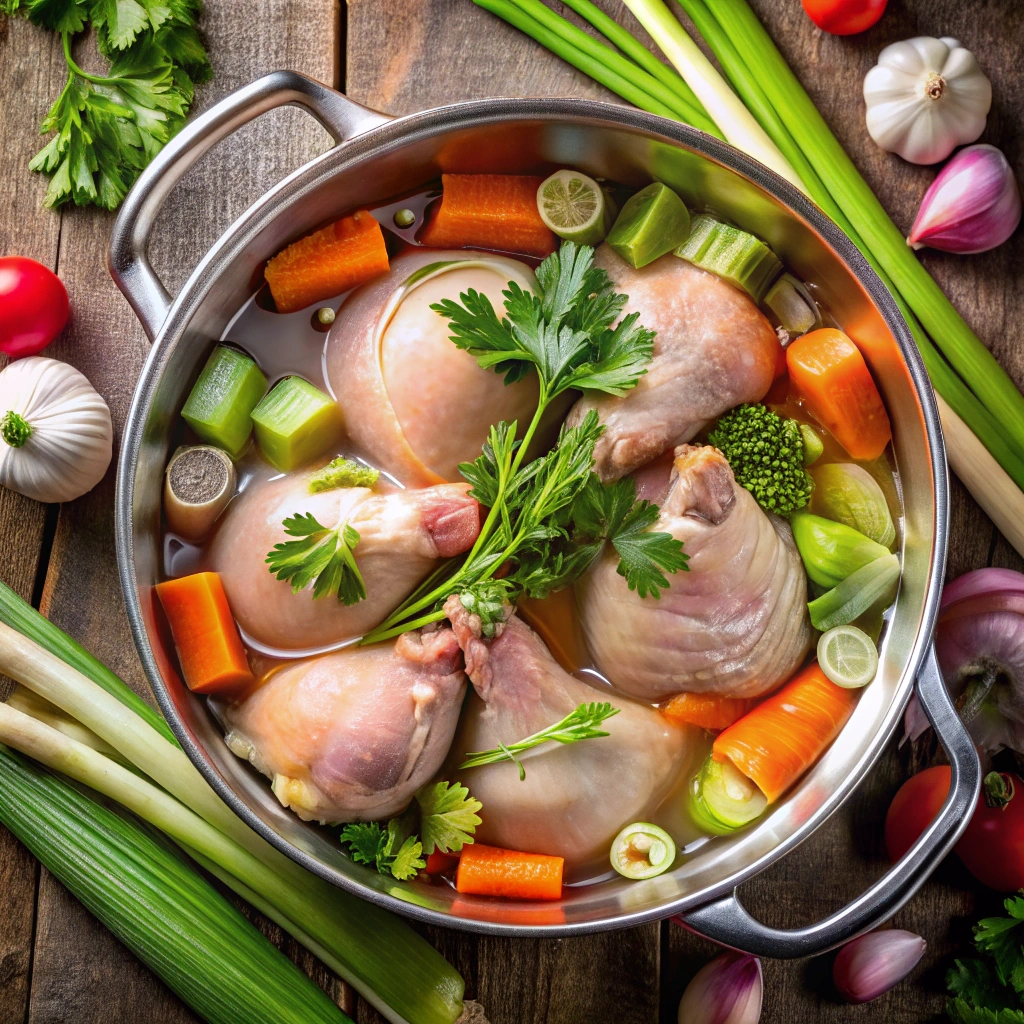
Factors To Consider When Deciding
Several factors influence whether to cook the chicken first or add it raw to your soup. Let’s break these down:
Type Of Soup
- Broth-Based Soups: These benefit from raw chicken cooked directly in the liquid, as the juices enhance the broth’s depth.
- Creamy Soups: Precooked chicken may be preferred since the cream or dairy already contributes richness.
For instance, in Slow Cooker Taco Soup Recipe, adding cooked or raw chicken depends on your chosen preparation method.
Food Safety
- Ensure raw chicken reaches an internal temperature of 165°F (74°C) for safe consumption.
- Prevent cross-contamination by thoroughly cleaning surfaces, utensils, and your hands after handling raw chicken.
Time And Convenience
- If you’re short on time, rotisserie chicken is a great option. Check out How To Best Use A Rotisserie Chicken for quick and creative ideas.
Methods For Preparing Chicken For Soup
Here’s a breakdown of different techniques for preparing chicken:
Using Raw Chicken
- Add raw chicken directly to the soup and ensure it’s fully submerged in the liquid.
- Simmer the soup for 20–30 minutes, depending on the size of the chicken pieces. For bone-in cuts, cooking may take longer.
Precooking Chicken
- Boiling: Simmer chicken in water or broth for 10–15 minutes. This is a convenient option for recipes like Oven-Fried Bisquick Chicken Recipe.
- Sautéing: Brown the chicken in a skillet with oil for added flavor before adding it to the soup.
- Roasting: Bake chicken at 375°F (190°C) for 20–25 minutes, then slice or shred before use.
Using Alternatives
- Rotisserie Chicken: A time-saving option for flavorful, pre-cooked meat.
- Frozen Chicken: Thaw completely before adding to avoid uneven cooking.
Tips For Making Perfect Chicken Soup
Crafting the perfect chicken soup requires balancing flavors, textures, and cooking techniques. Here are actionable tips to elevate your soup to a comforting masterpiece.
1. Start With a Flavorful Base
- Use high-quality chicken broth or stock as the foundation for your soup. Homemade stock made from simmered chicken bones, vegetables, and herbs will add depth and richness.
- Enhance store-bought broth by simmering it with aromatics like garlic, onions, and celery for 20 minutes before adding other ingredients.
2. Choose the Right Chicken Cut
- Raw Chicken: For richer flavor, use bone-in, skin-on chicken pieces like thighs or drumsticks. These release more juices into the broth.
- Precooked Chicken: If using rotisserie chicken, add it during the last 10 minutes of cooking to prevent it from drying out. Check out How To Best Use A Rotisserie Chicken for more tips.
3. Season As You Go
- Add salt and spices gradually, tasting throughout the cooking process to ensure the flavors are balanced.
- Incorporate herbs like thyme, rosemary, and parsley. Use fresh herbs for brightness or dried herbs for a more concentrated flavor.
4. Balance the Ingredients
- Maintain an even ratio of chicken, vegetables, and starch (if included). This prevents any one ingredient from overpowering the dish.
- When adding noodles or rice, cook them separately and stir them into the soup before serving. This prevents them from absorbing too much broth. For inspiration, try recipes like Sinigang Recipe Guide for well-balanced soups.
5. Use a Gentle Simmer
- Cook your soup on low to medium heat to avoid overcooking the chicken or making the broth cloudy.
- Skim off impurities from the surface of the soup periodically for a clearer broth.
6. Finish with Fresh Ingredients
- Add delicate ingredients like fresh herbs, lemon juice, or a splash of cream at the end to enhance the overall flavor.
- Garnish each bowl with parsley or chives for a fresh, appetizing presentation.
Common Mistakes To Avoid
Even experienced cooks can run into pitfalls when making chicken soup. Avoid these common mistakes to ensure your soup turns out perfectly every time.
1. Overcooking the Chicken
- Cooking chicken for too long can result in dry, stringy meat.
- If using raw chicken, remove it once it’s cooked (internal temperature of 165°F) and shred or cube it before returning it to the pot.
2. Adding Chicken Too Early or Late
- Adding precooked chicken too early may cause it to dry out or lose its texture. Wait until the last 10 minutes of cooking to add it.
- For raw chicken, ensure it has enough time to cook thoroughly, especially for bone-in pieces.
3. Neglecting to Skim the Broth
- Failing to skim the foam or fat from the top of the soup can leave it cloudy or greasy.
- Use a fine mesh skimmer or ladle to remove impurities for a clean, clear broth.
4. Forgetting to Balance Flavors
- A bland soup is often the result of under-seasoning. Taste frequently and adjust with salt, pepper, or acid like lemon juice or vinegar.
- Avoid using too many strong spices, which can overwhelm the chicken’s natural flavor.
5. Overloading the Pot
- Adding too many ingredients can make the soup overly thick and less enjoyable to eat.
- Maintain a balanced proportion of chicken, vegetables, and broth for the best results. Refer to Ultimate Chicken And Dressing Recipe for examples of ingredient harmony.
6. Using the Wrong Cooking Temperature
- Boiling the soup at high heat can make the broth cloudy and lead to uneven cooking. A gentle simmer is ideal for tender chicken and flavorful broth.
By following these tips and avoiding these mistakes, you’ll consistently make chicken soup that is both flavorful and satisfying. Whether you prefer rich broths, creamy textures, or hearty additions, these techniques will guide you toward perfection every time.
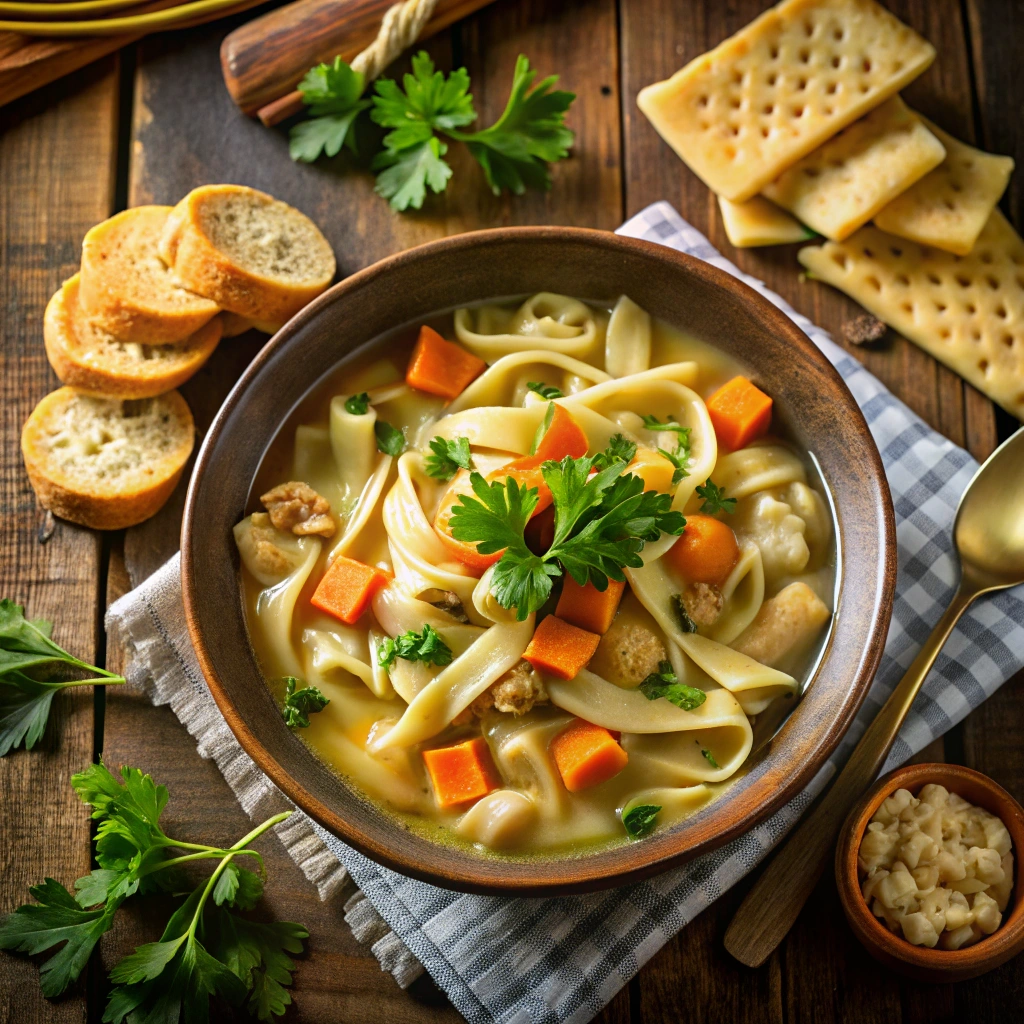
FAQs: Answering Common Questions
1. Is It Safe to Cook Raw Chicken in Soup?
Yes, cooking raw chicken in soup is safe as long as it is fully cooked to an internal temperature of 165°F (74°C). To ensure even cooking, cut the chicken into uniform pieces and keep it fully submerged in the broth. Adding raw chicken is a great way to enhance the flavor of the soup since it releases juices that enrich the broth. Skim off impurities that may rise to the surface for a clear, clean soup.
2. How Long Does It Take to Cook Chicken in Soup?
Cooking time depends on the type and size of the chicken pieces:
- Boneless Chicken: Takes about 20–30 minutes to cook when simmered in the broth.
- Bone-In Chicken: Requires 45–60 minutes for full doneness and maximum flavor extraction.
For pre-cooked chicken, add it during the last 10 minutes to warm it through without overcooking.
3. Can You Add Frozen Chicken to Soup?
Adding frozen chicken to soup is not recommended. Frozen chicken may cook unevenly and take longer to reach a safe internal temperature, risking undercooked portions. Always thaw chicken completely in the refrigerator before adding it to the soup for consistent and safe cooking.
4. Should I Brown the Chicken Before Adding It to Soup?
Browning chicken before adding it to the soup is optional but can enhance the flavor. The caramelization from browning adds depth to the broth, especially for recipes that rely on a robust base. Use this method in dishes like Turkey Drumsticks Recipe to bring out more complexity in flavor.
5. Does Cooking Raw Chicken in Soup Make the Broth Cloudy?
Yes, cooking raw chicken directly in the soup can result in a cloudy broth due to the release of impurities. However, this does not affect the taste. To avoid this, skim the foam and fat from the surface during cooking. For a crystal-clear broth, strain the soup through a fine mesh sieve before serving.
6. What’s the Best Way to Use Leftover Chicken in Soup?
Leftover chicken, such as rotisserie chicken, is perfect for quick and flavorful soups. Shred or dice the meat and add it toward the end of the cooking process to preserve its texture. For creative ideas, check out How To Best Use A Rotisserie Chicken.
7. Can I Make Chicken Soup Ahead of Time?
Yes, chicken soup is an excellent make-ahead dish. Prepare the base (broth, vegetables, and seasonings) in advance and store it in the refrigerator for up to 3 days or freeze it for longer storage. If using noodles or rice, cook them separately and add them just before serving to prevent them from becoming mushy.
8. How Do I Fix a Bland Chicken Soup?
A bland soup can be salvaged with some simple tweaks:
- Add salt gradually to balance the flavors.
- Incorporate acidity, such as a splash of lemon juice or vinegar, for brightness.
- Stir in herbs like parsley, thyme, or dill at the end for a fresh finish.
For richer flavor, consider adding cooked chicken bones back to the broth and simmering for an additional 20 minutes.
Conclusion
Deciding whether to cook the chicken before adding it to soup depends on several factors, including flavor, texture, and convenience. Using raw chicken can result in a more robust and flavorful broth, ideal for recipes like Sinigang Recipe Guide, where the soup base is the star. On the other hand, precooked chicken is an excellent choice for quicker meals or recipes that focus on creamy or heavily seasoned bases.
If time is a constraint, options like How To Best Use A Rotisserie Chicken can provide inspiration for transforming leftovers into a hearty meal. Additionally, proper techniques for preparing chicken—whether boiling, roasting, or sautéing—can significantly impact your soup’s final texture. Recipes like Turkey Drumsticks Recipe also illustrate how versatile poultry can be in soups and other comfort foods.
Ultimately, the best method is the one that suits your recipe, schedule, and personal preferences. By following the tips and guidelines shared in this article, you’ll be able to craft soups that are both delicious and wholesome. Experiment with the techniques mentioned here, explore variations, and enjoy the rewarding experience of making a perfect bowl of chicken soup for yourself and your loved ones.
Stay Connected for More Delicious Recipes!
Love what you see? Follow us on social media for daily inspiration, exclusive recipes, and behind-the-scenes fun! Join our community on Facebook, Instagram, Pinterest, and X to stay updated on all things delicious. Don’t miss out—let’s cook up something amazing together!



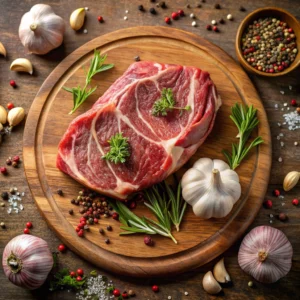
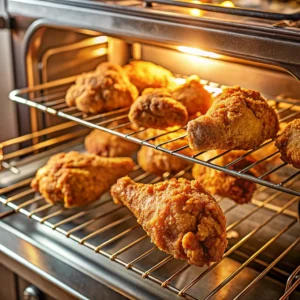

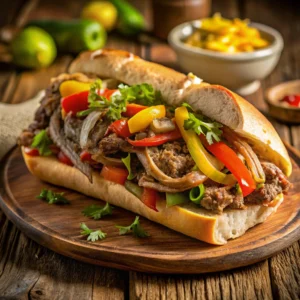
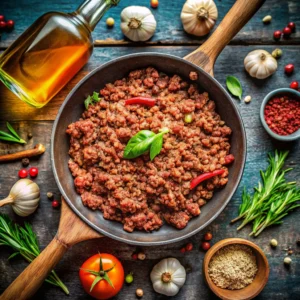
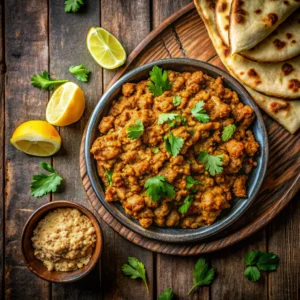
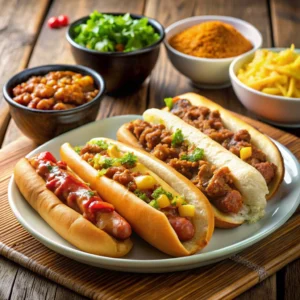
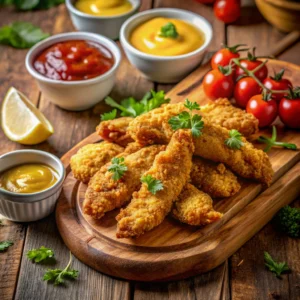
You might also like these recipes
Do You Wash Chicken Keema? The Ultimate Guide to Safe Handling
The Best Side Dishes to Serve With Chili Dogs
Is It Better to Pan Fry or Oven Bake Chicken?